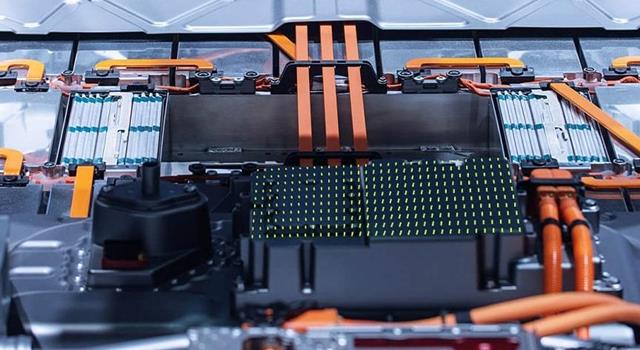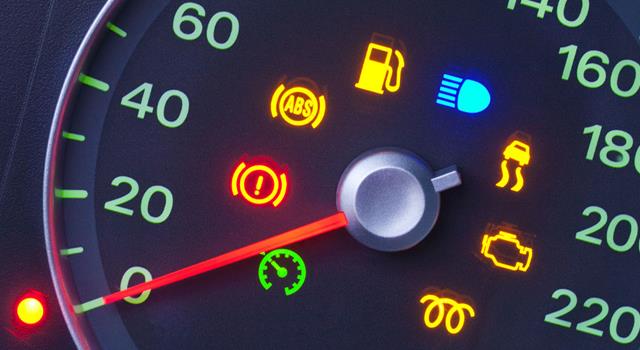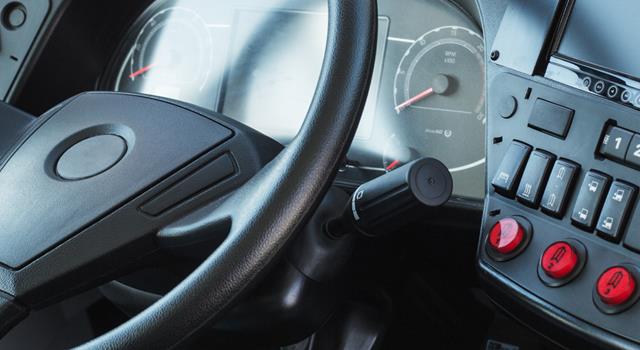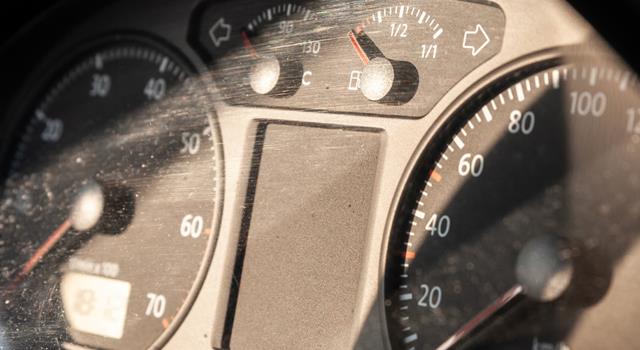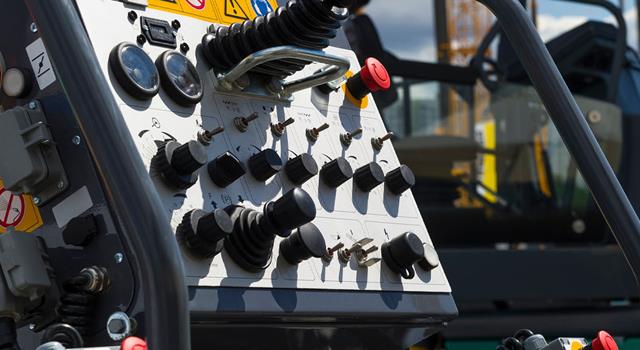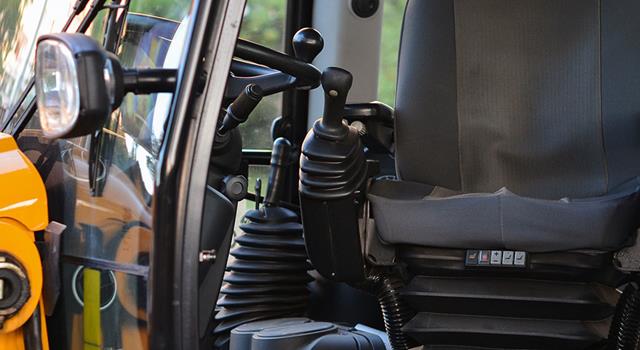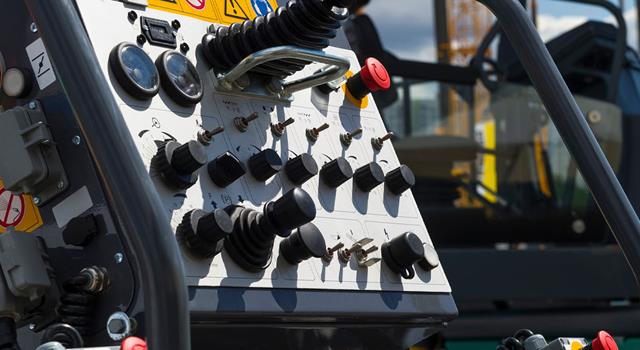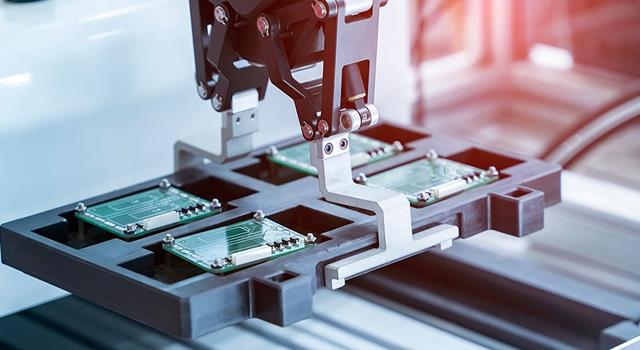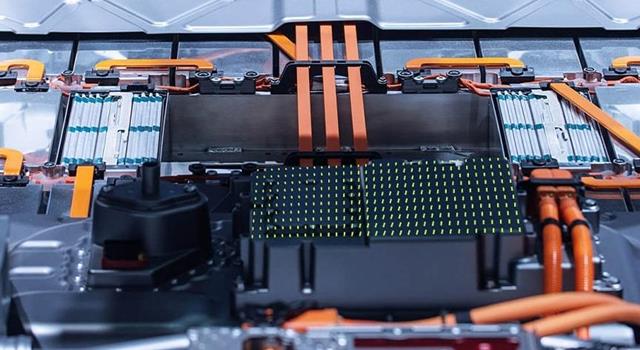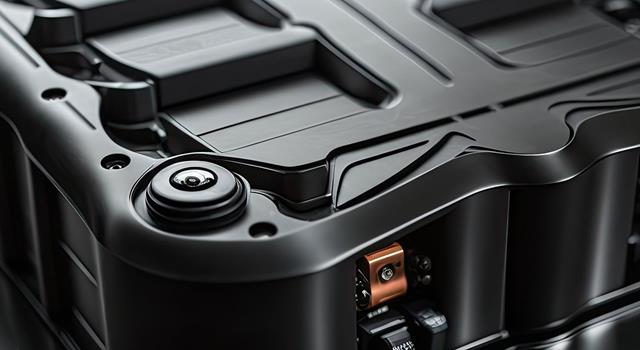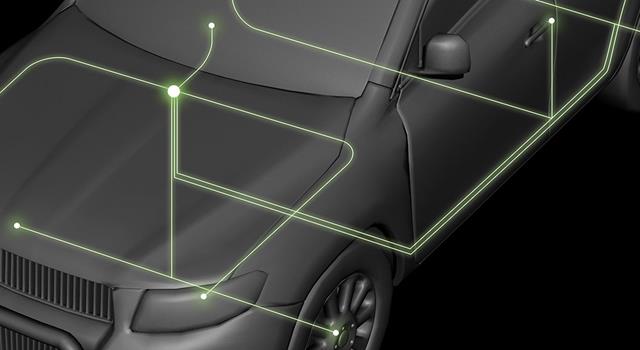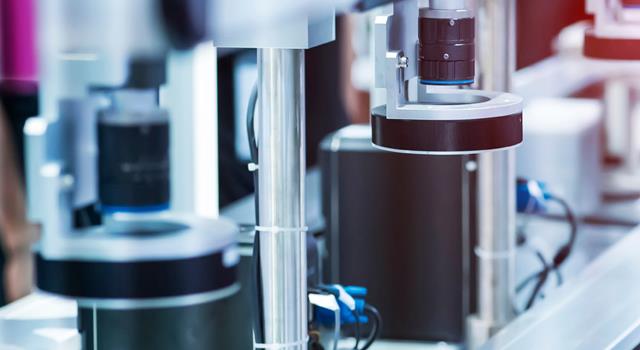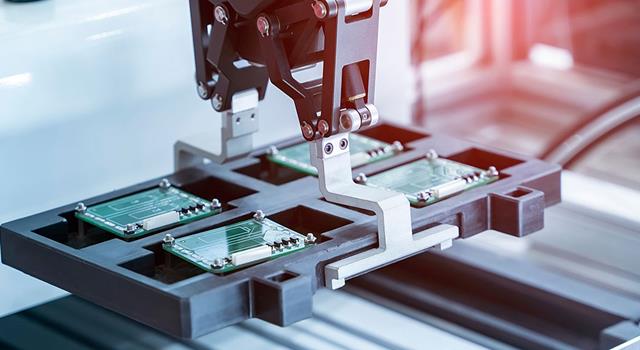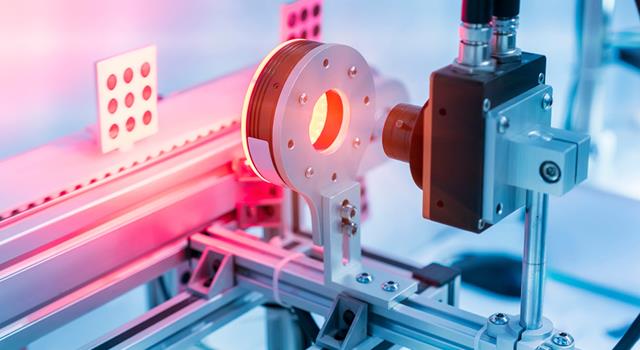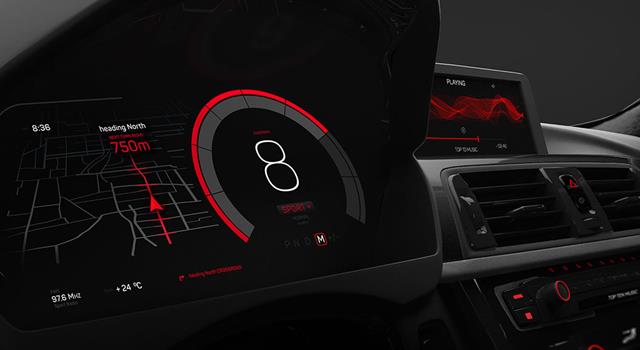Dashboard displays, also known as instrument panels or instrument clusters, have come a long way since their humble beginnings in early automobiles. The evolution of dashboard technology has mirrored the broader development of vehicles, reflecting advancements in engineering, design, and user experience. In this blog post, we will delve into the historical progression of dashboard displays, exploring the milestones that have shaped the modern-day instrument panel.
- The Early Days: Simple and Analog
The first automobiles, dating back to the late 19th and early 20th centuries, had extremely basic dashboards. These early instrument panels featured just a few simple gauges, such as a speedometer and a fuel gauge. Often made from wood or metal, these rudimentary dashboards served only the most essential functions, providing drivers with critical information about their vehicle's performance.
- The Mid-20th Century: Expanded Functionality and Styling
As cars became more complex and widely available in the mid-20th century, dashboards began to reflect these changes. New gauges and indicators were introduced to monitor essential systems like oil pressure, temperature, and battery voltage. In this era, dashboard design also began to embrace aesthetics, with manufacturers incorporating art deco and futuristic styling elements to appeal to consumers.
- The Late 20th Century: The Rise of Digital and Electronic Displays
The latter half of the 20th century witnessed a technological revolution in the automotive industry, with digital and electronic displays becoming increasingly common. Digital speedometers, trip computers, and LCD screens began to replace traditional analog gauges, offering drivers a wealth of additional information and functionality. During this period, dashboard designs became more streamlined and ergonomic, focusing on ease of use and driver comfort.
- The 21st Century: High-Tech and Fully Customizable Dashboards
In recent years, the evolution of dashboard displays has accelerated at an unprecedented pace. Modern cars are now equipped with advanced infotainment systems, offering drivers access to navigation, media, and connectivity features. Touchscreen displays have become standard, often accompanied by voice control and gesture recognition capabilities.
One of the most significant developments in dashboard technology is the introduction of fully customizable digital instrument panels. These displays allow drivers to personalize the layout and appearance of their dashboards, choosing which gauges and indicators they want to see and how they are arranged. This level of customization not only enhances the driving experience but also caters to the unique needs and preferences of individual drivers.
The history of dashboard displays tells a story of innovation and progress, reflecting the broader evolution of automobiles and the ever-changing needs and expectations of drivers. From the simplicity of early instrument panels to the advanced, fully customizable displays of today, dashboard technology has come a long way. As cars continue to become more connected, intelligent, and user-friendly, we can anticipate even more exciting advancements in dashboard displays that will further revolutionize the driving experience.






